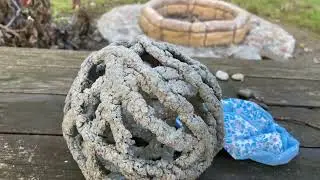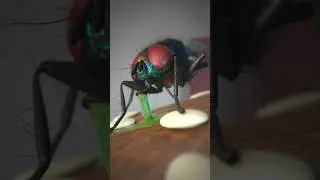Wisdom Teeth Extraction - Step by step
Wisdom tooth extraction is a common surgical procedure to remove one or more wisdom teeth, located at the back corners of the mouth. These are found on the top and bottom and usually appear between the ages of 17 and 25. The third molar, better known as wisdom tooth, is the last tooth to appear in humans.
In some cases there is not enough room for wisdom teeth to emerge or develop normally. Wisdom teeth do not cause problems, however, if there is not enough space for them to grow, they could push against another tooth causing not only great pain, swelling, bleeding and bad breath, but also teeth crowding to the degree of causing deformation, cavities, cysts, infections and in some cases, even the loss of the teeth closest to them. This is called an impacted wisdom tooth.
If one or more wisdom teeth cause problems, the specialist will send the patient for a panoramic, periapical or tomography x-ray to see the proximity to the nerve, size and arrangement of the roots before proceeding with the extraction.
Once the X-ray has been analyzed, the specialist will disinfect the area with an antiseptic or mouthwash and decide the type of anesthetic to apply. If the specialist decides to use Local Anesthesia, they will first place a substance on the gums to numb them and then apply one or more injections near the extraction area so that the patient does not feel pain during the procedure. The patient will remain awake the entire time.
If sedation anesthetic is applied, the dentist will administer anesthesia through an IV into your arm. Sedation inhibits the level of consciousness during the procedure, so the patient will not feel any pain and will have limited memory of the procedure. Here you will also be given local anesthesia to numb your gums.
But if the expert decides to apply General Anesthesia, this will be administered through an intravenous line in the arm and the surgical team will closely monitor the medication, breathing and temperature. Once the patient has lost consciousness, a local anesthetic will also be administered to alleviate post-operative discomfort.
To extract a wisdom tooth that has not erupted, the dentist will perform a nerve block technique to the inferior dental nerve in the area where the anesthetic will be applied. After one minute, when it has taken effect, the expert will proceed to anesthetize around the tooth with the help of an injection and once it has been verified that the area is completely numb, a small incision will be made in the gum tissue to expose the bone that covers it and visualize the wisdom tooth.
Later, contouring will be carried out at the level of the tooth, bone and then a cut in the wisdom tooth with devices called piezoelectrics, which are used to divide the tooth into parts, so that extraction is easier, a process called tooth sectioning.
Once the tooth is divided, the dentist will use an instrument called Elevator to push the tooth out and then with the help of metal tweezers, the expert will proceed to pull it until it is completely out. Once all the parts of the tooth have been extracted, the remains will be removed and the area will be cleaned.
The dentist may or may not place a filling to speed healing and prevent infection or dry socket, which can be a complication after an extraction. According to each case, the dentist will decide whether or not to sew the wound, if he does, the stitches must be removed after approximately 7 days; however, the total regeneration of the bone and tissue can take around 6 months. In some cases, the dentist will only place a gauze in the extraction area for about 25 minutes so that the bleeding area can clot and heal faster.
Wisdom tooth extraction is an outpatient procedure, however it is very important to strictly follow your dentist's instructions, take medications on time, avoid physical exertion, eat soft foods, avoid sun exposure, do not drink alcoholic beverages , do not smoke and maintain good oral hygiene. In case of swelling, the patient can apply ice to the cheek outside the surgery site, but if the discomfort or swelling persists, it is recommended to contact your dentist.
#Education #WisdomTooth #Extraction































